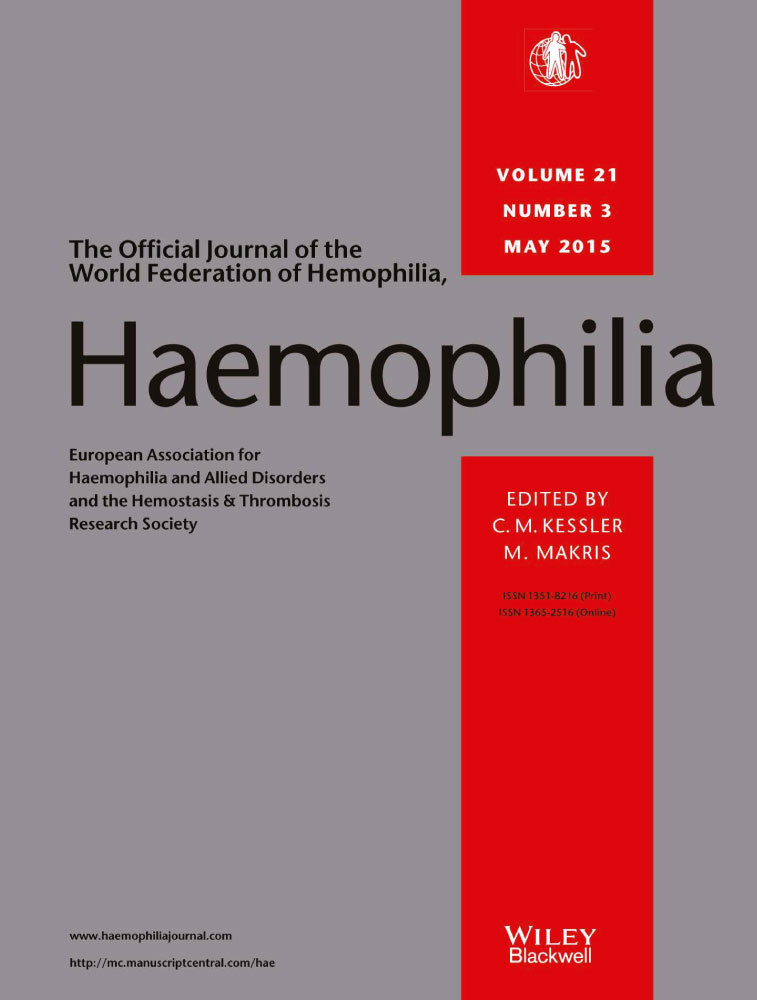Novel characterization of a breakpoint in F8: an individualized approach to gene analysis when PCR and MLPA results contradict
Summary
Haemophilia A is an X-linked bleeding disorder caused by heterogeneous mutations in the F8 gene. Two inversion hotspots in intron 22 and intron 1, as well as point mutations, small insertions and deletions in the F8 gene account for causal mutations leading to severe haemophilia A. Rarely, novel molecular mechanisms lead to a haemophilia A phenotype which cannot be completely characterized by routine molecular diagnostic methods. Here, we characterized the molecular abnormality in a boy with a severe haemophilia A phenotype. On investigation by PCR and DNA sequencing, exon 18 of F8 repeatedly failed to amplify. However, analysis by multiplex ligation-dependent probe amplification demonstrated the presence of exon 18 sequence, suggesting a more complex rearrangement than a single exon deletion. The analysis of exon 18 and its flanking regions by inverse PCR revealed a complex mutation comprising insertions of extragenic sequences from Xq28 along with a partial duplication of exon 18. Based on the successful analysis and characterization of the familial breakpoint, we developed a PCR-based diagnostic approach to detect this defect in family members in whom no diagnostic test could be offered until this time.




